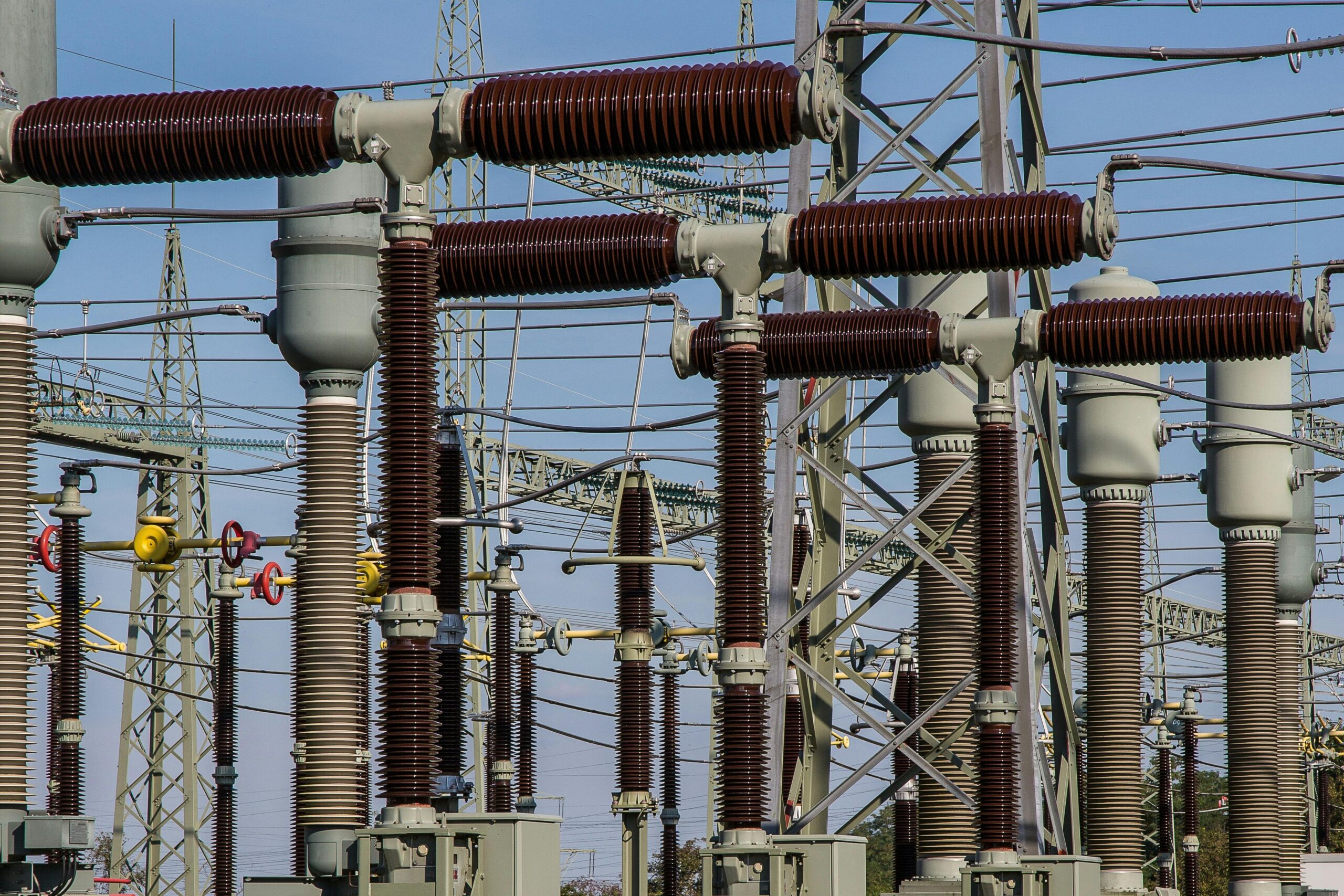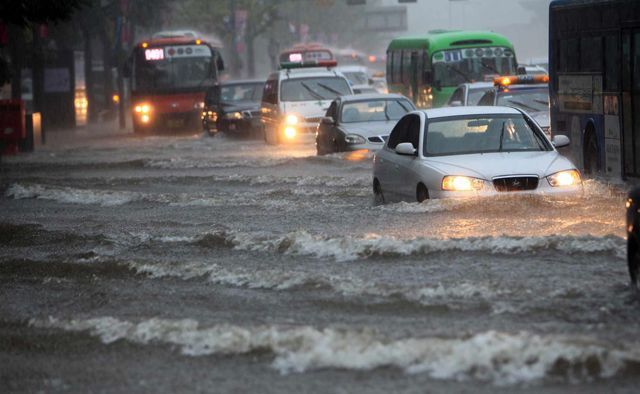By Tobias Ogutu
In this era, electricity has become a basic necessity because many devices and systems rely on it to function properly. The primary distributor of electricity in Kenya is the Kenya Power and Lighting Company (KPLC).
The government of Kenya is making significant efforts to ensure that citizens have access to electricity in their homes. Additionally, as part of the fight against climate change, the government aims to reduce the use of fossil fuels by expanding electricity access to even the most remote areas of the country through the “Rural Electrification” project.
Although this is an excellent initiative, if issues with KPLC are not addressed, the vision will take a long time to be realized. The residents of Nyalenda have suffered and continue to suffer due to KPLC’s shortcomings, yet no one has come to their aid.
In Nyalenda, power outages can take up to fourteen days to be repaired, whereas in the nearby Milimani estate, where the affluent reside, power is restored within an hour. This clearly demonstrates the economic discrimination practiced by KPLC without any shame. This is a common occurrence, and whenever residents raise their complaints at the KPLC office, they are either ignored or accused of illegal power usage.
Recently, in August, Nyalenda experienced a blackout that lasted for twenty-one days. When Mr. Johnstone Odhiambo, a posho mill operator, approached the KPLC office to report the issue, since many businesses like his had ceased operations, he received a disheartening response.
One KPLC staff member said, “Hio case yenu hatushughiliki karibuni, nyinyi watu wa Nyalenda mnaiba stima,” implying that the blackout in Nyalenda was not a priority because the residents were accused of stealing electricity. Unfortunately, KPLC has labeled Nyalenda residents in this way, though they frequently conduct unannounced visits to homes to check for illegal connections, yet no arrests have been made so far.
The residents were compelled to organize a demonstration lasting twelve hours, marching to the county assembly, the governor’s office, and lastly to the KPLC office. To our surprise, the blackout was resolved before the demonstration ended late in the evening. The demonstrators were informed that the power issues had been fixed.
What continues to puzzle me is why Nyalenda residents must resort to demonstrations for KPLC to restore their electricity whenever there is a blackout. Why does KPLC the name all Nyalenda residents as “wezi wa stima” (electricity thieves)? Yet, they continue to raid homes in Nyalenda under police protection. Why can’t they arrest those with illegal connections while treating the rest with respect? Why are power outages in Milimani fixed within one hour, while it takes twenty-one days to resolve similar issues in Nyalenda?
KPLC holds a monopoly as the primary electricity distributor in Kenya. It is high time for the government to open a tender allowing other private firms to enter the market. Introducing competition could encourage KPLC to improve its services and treat all customers with respect, regardless of their socio-economic status. With KPLC as the sole distributor, the rural electrification project is likely to take a long time to complete.






